However, there’s one particular brown bug that experts warn you should keep your eyes peeled for. They’re often found in grass, flowerbeds, and the cracks of houses. Though it appears harmless, this pesky insect is a very destructive gardener, and you want to be prepared.
Stay alert! If you happen to see this bug, there are certain steps to follow. What does it look like, and what does it do? Read on to learn more!
Tiny Brown Bug
Insects aren’t always easy to spot, especially if there are plenty of flowers or a wooded area. They tend to blend well, especially if the bug is brown and small. However, that’s exactly what you should watch for!
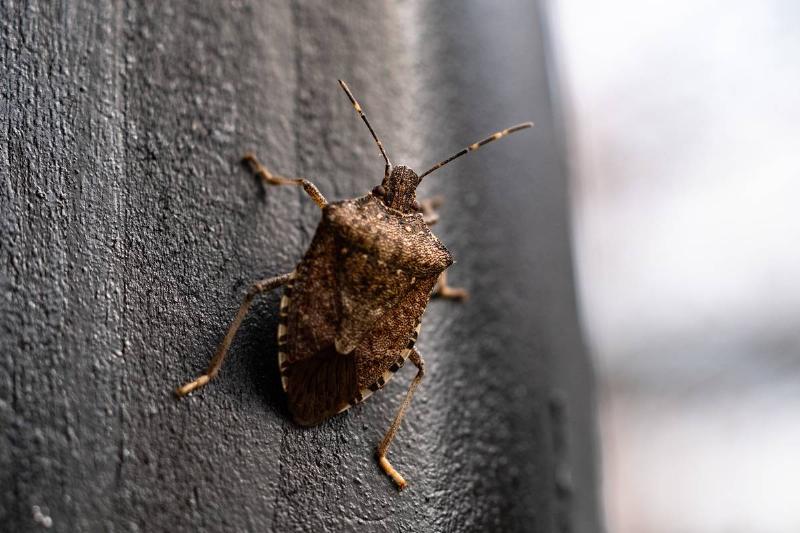
Tiny Brown Bug
Shield-like Body
Experts want people to watch their surroundings while outside. A tiny brown bug could be in the yard. It has six legs and a body that looks like a medieval shield. When fully grown, it’s about 0.7 inches long and unique.
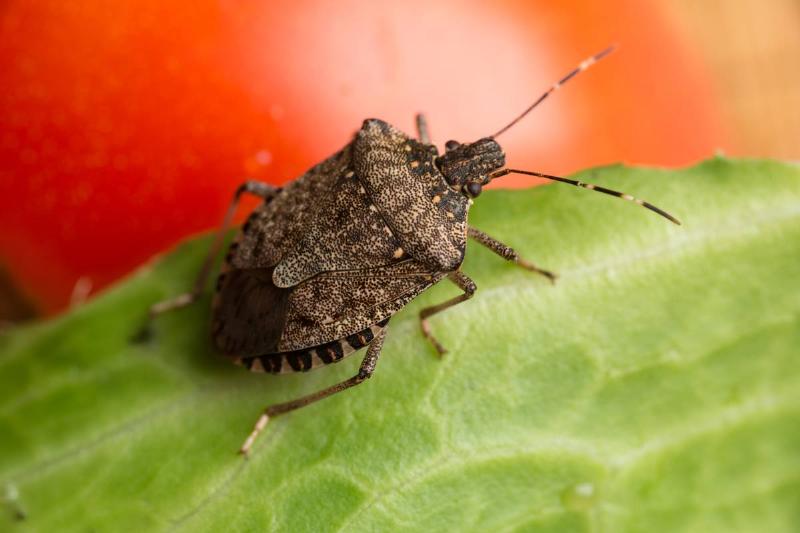
Shield Like Body
Small But Not Necessarily Harmless
These brown bugs are tiny, but they can still wreak havoc if they’re undetected. That’s why people must be vigilant. The bugs have wings and can walk and could end up in your house!
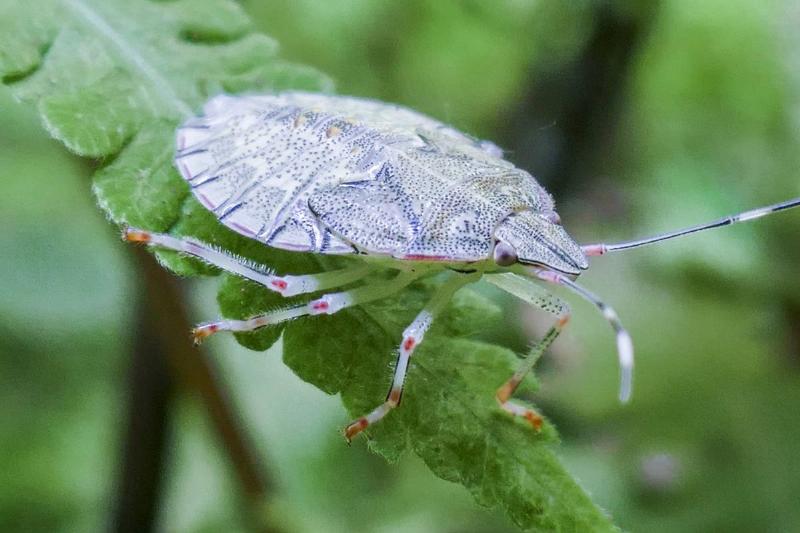
Small But Not Necessarily Harmless
Find Ways into Homes
Their wings aren’t to be taken lightly. If they want, they can fly up and get into homes through curtains, cracks, and walls. That’s why people must be aware if they see them in the yard.
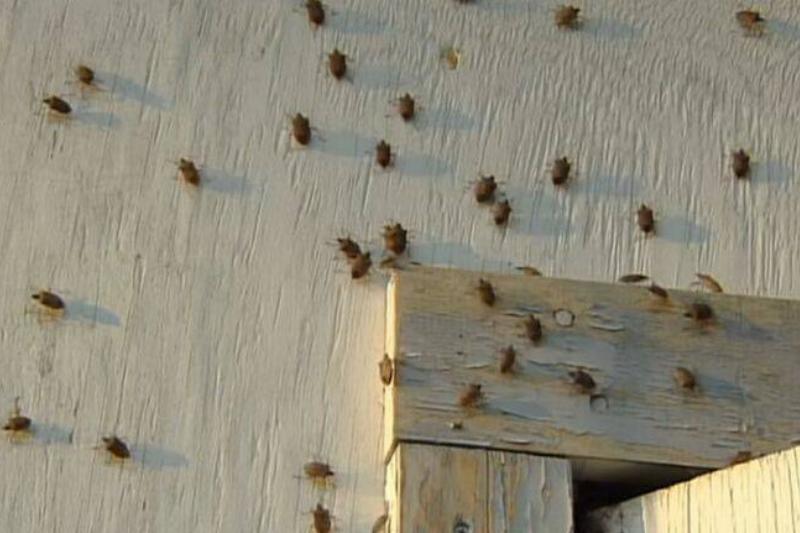
Find Ways Into Homes
Brown Marmorated Stink Bug
It’s crucial to know what insects are flying around the yard. This is especially true for Halyomorpha halys or the brown marmorated stink bug. It’s a horrible name for a bad bug that wants to infest homes and gardens.
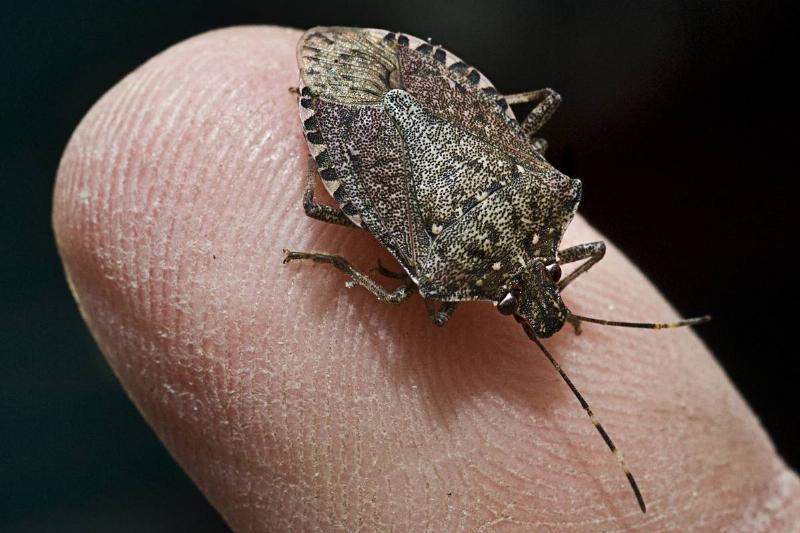
Brown Marmorated Stink Bug
Accidentally Introduced in 1998 to the USA
This stink bug was originally in Asia, China, Japan, and Korea. However, in 1998, it was also spotted in Allentown, Pennsylvania. Scientists believe it was brought over and started becoming a huge pain for the Eastern US.
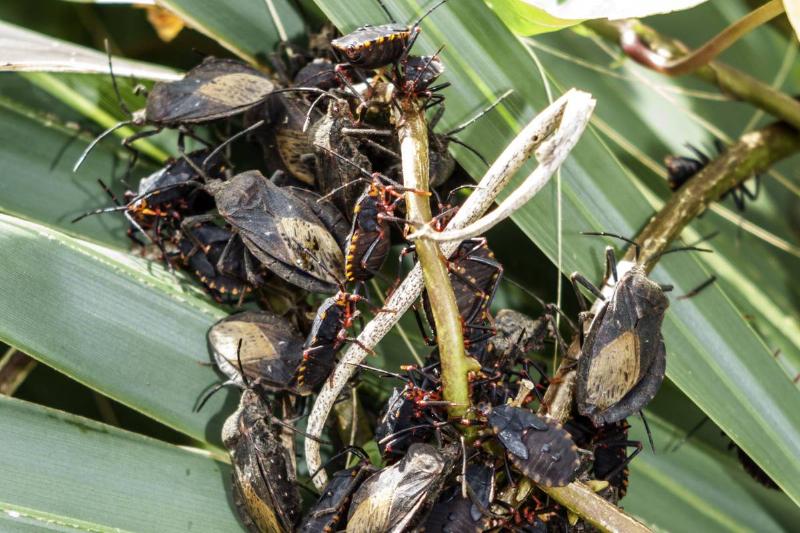
Accidentally Introduced In 1998 To The USA
How the Bug Traveled by Max Barclay
One expert backtracked to the bug’s origins and believes he knows how it made its way through multiple countries. Max Barclay works at the National History Museum for the Coleoptera collection. He thinks the bug first got to the United Kingdom.
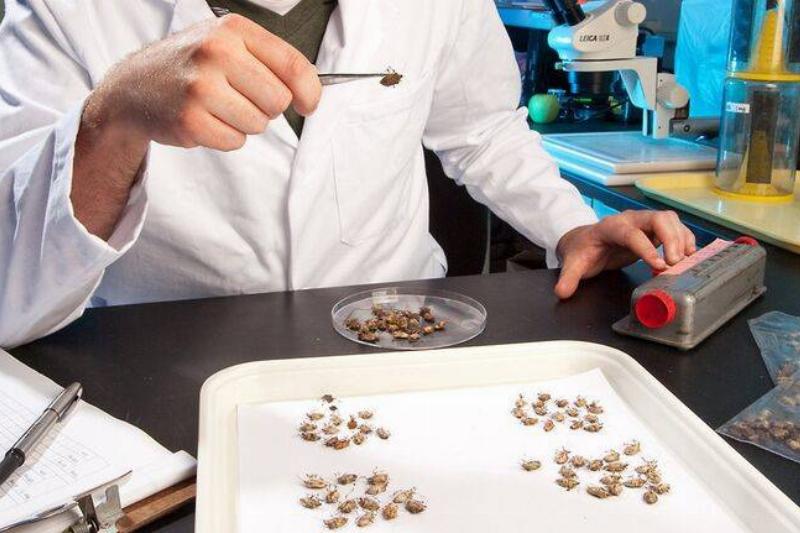
How The Bug Traveled By Max Barclay
Predicted Another Arrival in 2014
In 2014, Barclay said he thought this brown marmorated stink bug might move from the east to Britain, and he wasn’t wrong! This bug was first spotted in Natural History Museum gardens in 2020.
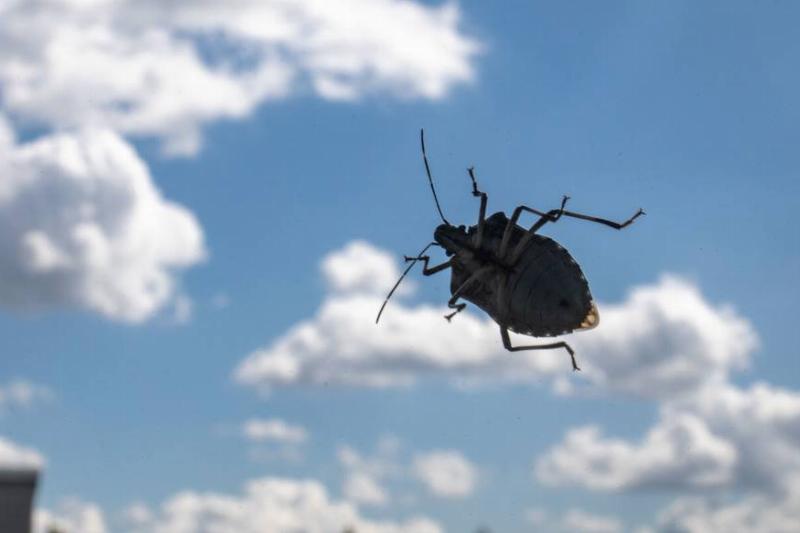
Predicted Another Arrival In 2014
Packaging, Pallets, and Shipping Crates
Sadly, that prediction came with the news that the stink bugs came and then never left because they established themselves fast. Since they move indoors during the winter, they can arrive in pallets, packaging, and shipping crates.

Packaging, Pallets, And Shipping Crates
Thrive in Warm Weather
The insects don’t do well in colder climates, so they go into shipping crates to sleep during winter (diapause). When the cold weather is over, though, all bets are off. They enjoy warm weather and thrive in it.
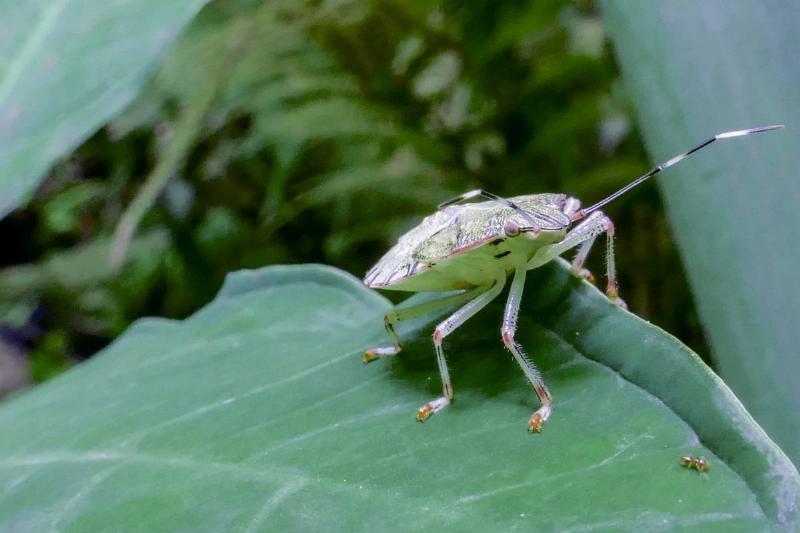
Thrive In Warm Weather
Climate Change Helps Stink Bugs Invade
The climate change debate says that the earth gets warmer each year. If that’s true, then humanity might have a major stink bug invasion. Research from the International Biometeorology Journal predicted that the bug could be in Switzerland in the 2010s, making that country its home.
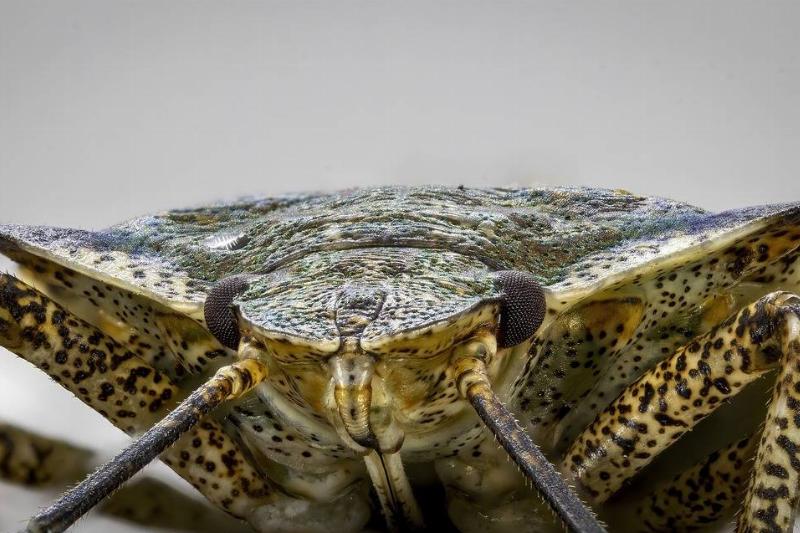
Climate Change Helps Stink Bugs Invade
Hitched a Ride to Switzerland
That research was correct. The journal said that there was crop damage and higher stink bug populations in Switzerland from 2017 onward, which also works to increase temperatures.

Hitched A Ride To Switzerland
Bad News for Swiss People
Dr. Haye works at the Center for Agriculture and says that there’s strong evidence that species are modifying because of climate change. Those non-native species are sure to increase, and warm weather promotes that establishment.
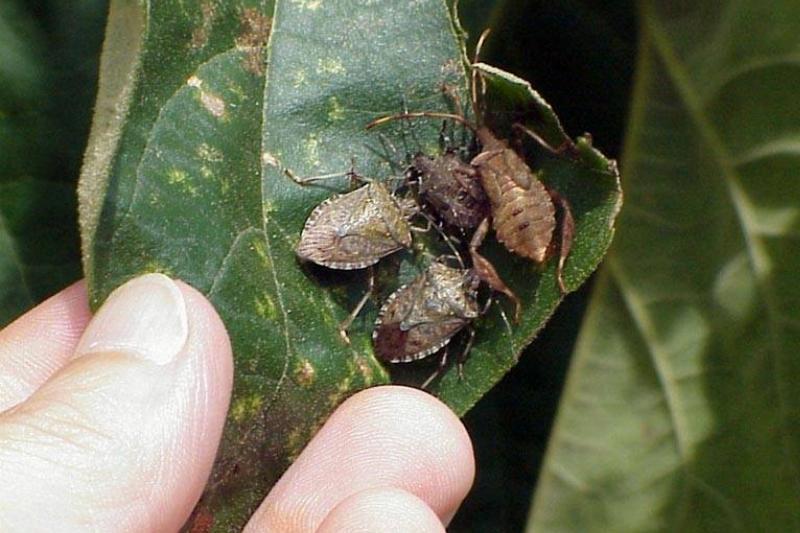
Bad News For Swiss People
Not Safe at High Altitudes
In his paper, Dr. Haye explained where the stink bugs might infest, saying they might head south and to the foothills of the Alps. From there, he claimed that higher latitudes might become suitable as the climate changes even more.
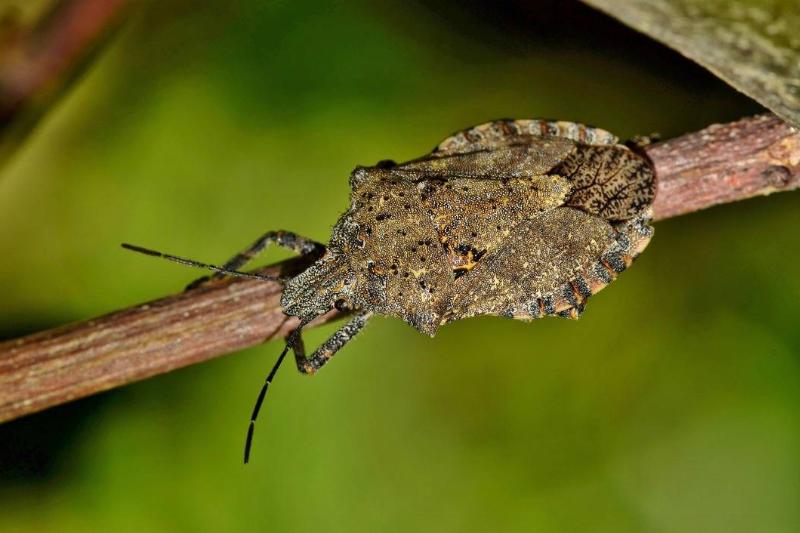
Not Safe At High Altitudes
Infestations of 1,000s
The paper suggests that it’s a matter of time before the population of stink bugs gets out of hand. It’s crucial to watch for these bugs in your home or yard. That way, you don’t end up with an infestation of 1,000 or more.
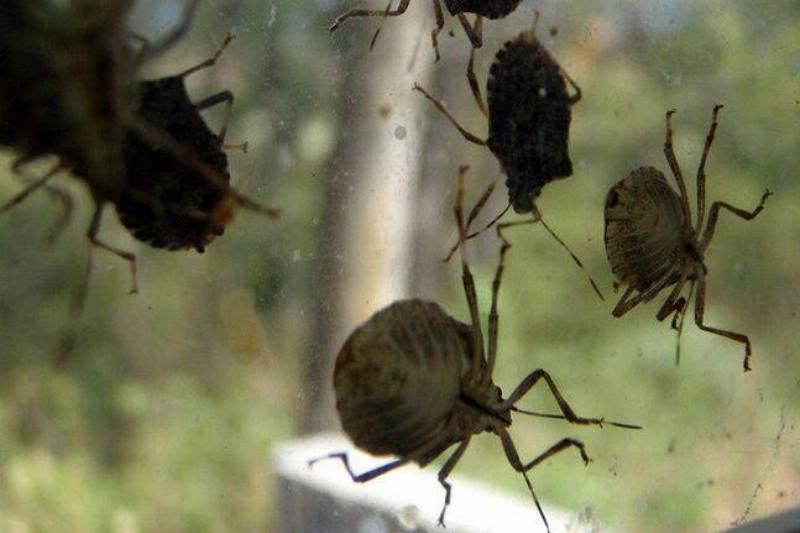
Infestations Of 1,000s
Pennsylvania to North Carolina
In the US, the bugs didn’t come into the country until 1998. They moved from Pennsylvania to New Jersey and into Virginia by 2004. Recently, they’ve been found in North Carolina, and that’s not all!
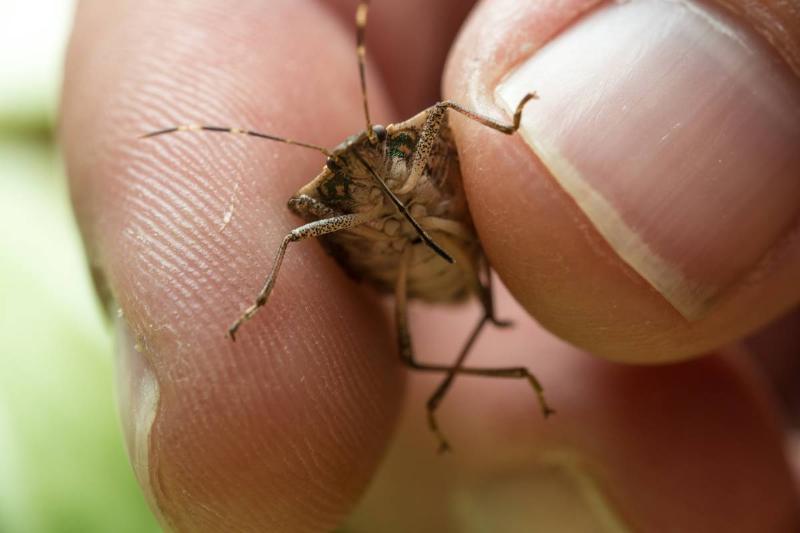
Pennsylvania To North Carolina
44 States and 25 Years Later
Unfortunately, the stink bugs haven’t stayed along the eastern coastline. They’ve infested about 44 states total out of 50. Amazingly, it took just 25 years to make it that far.
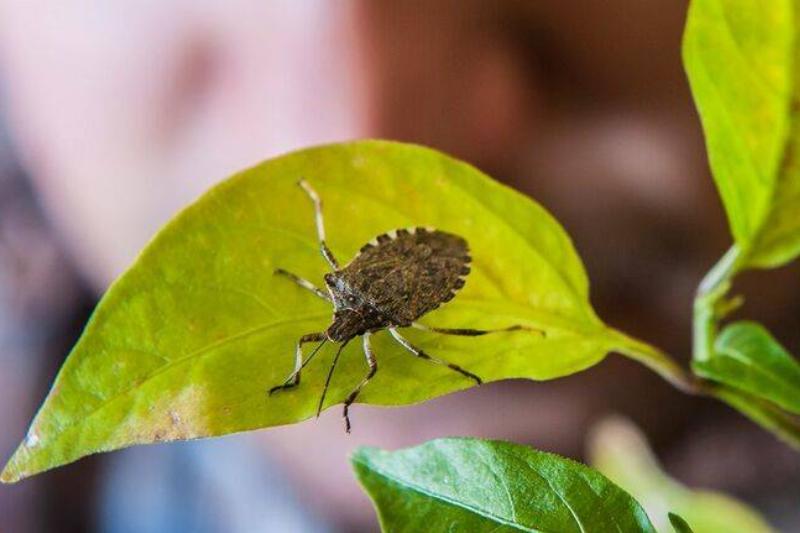
44 States And 25 Years Later
Almonds or Cilantro
The stink bug releases a special odor. Some say it smells like cilantro, but others believe it’s more like almonds. Regardless, if you smell those things in your garden and aren’t growing them, there’s an issue!

Almonds Or Cilantro
Can’t Wipe Them Out
There’s no way to get rid of such an invasive species, but people can contain the problem. Barclay said that stink bugs establish themselves fast. Usually, you see one or two, and then they’re just everywhere!
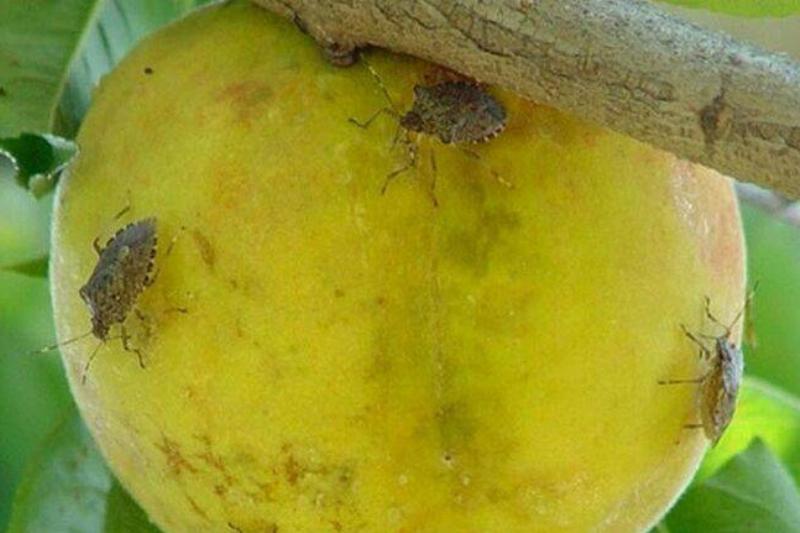
Can’t Wipe Them Out
Contain the Pest
There’s no long-term solution to get rid of the stink bugs. However, there are things you can do to contain the situation. If you notice shield-shaped bugs around, consider these tips and tricks!
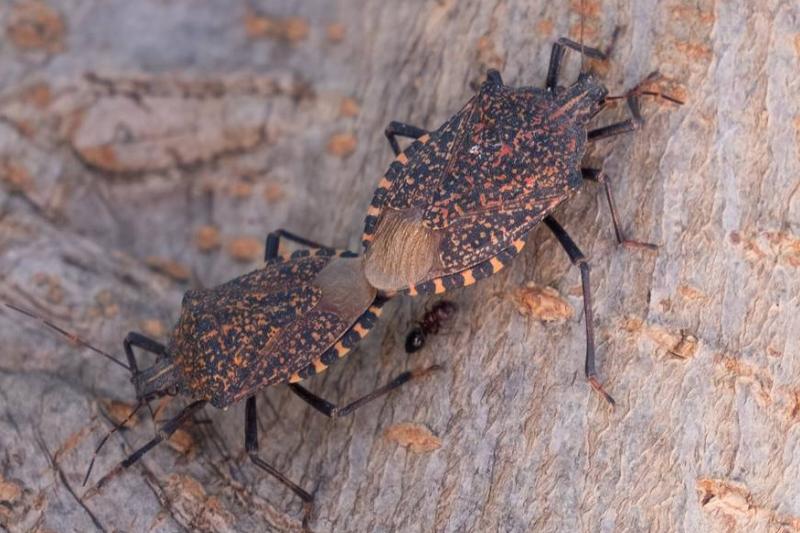
Contain The Pest
Remove Weeds and Obstructions
The first thing to do if you see these tiny brown bugs is to remove the weeds from your garden. Stink bugs like to hide in them and whatever else might camouflage them. That means also removing lawn ornaments.

Remove Weeds And Obstructions
Homemade Repellent
If you don’t get rid of them when you remove the weeds, try a homemade bug repellent. The best way to get rid of stink bugs is to use kaolin clay solution, a few gallons of water, and 15 milliliters of dish soap. Mix it together, put it in a spray bottle, and spray everywhere!
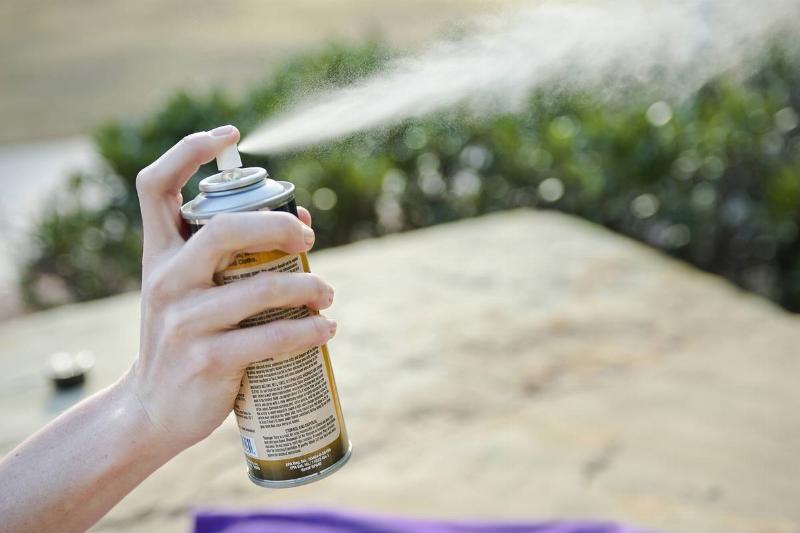
Homemade Repellent
Harmless to Plants
The stink bugs don’t eat the crops or leaves or touch things that were sprayed with the mixture. Plus, it prevents them from laying eggs. On top of that, this mixture is harmless to your plants and crops. Just rinse anything before eating it.
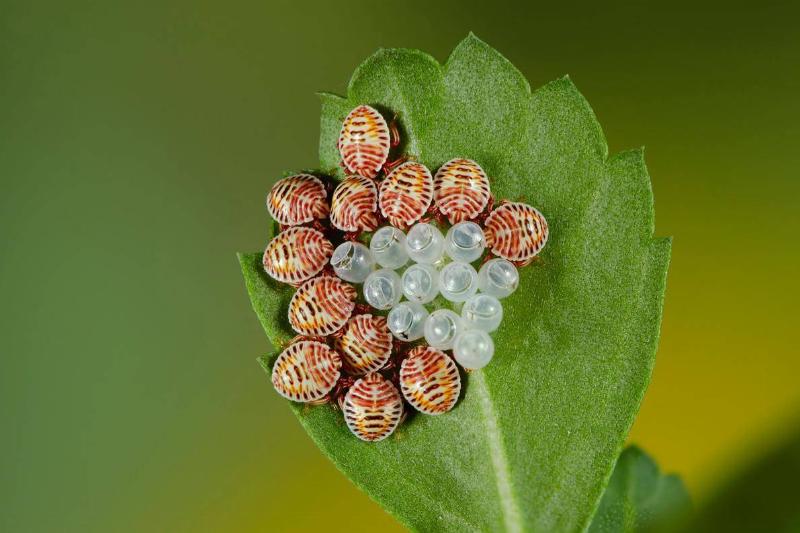
Harmless To Plants
Trap Plants
Stink bugs like yellow flowers (sunflowers). It’s a good idea to make a trap plant with yellow flora. However, this isn’t like using a Venus Flytrap. Instead, you want to guide the bugs away from your garden.
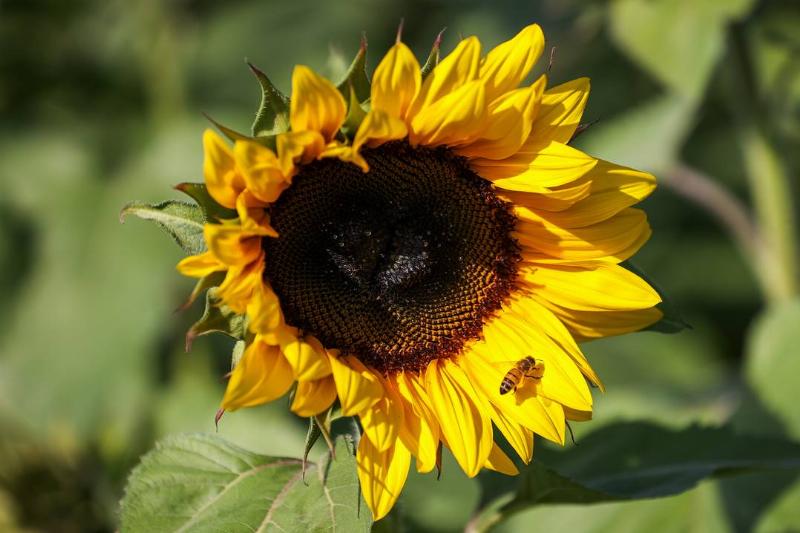
Trap Plants
Plant the Trap Away from Others
For the trap to work, you must plant yellow flowers in other sections of the yard, far away from the flowers and crops. That way, stink bugs congregate there, and then you can spray them.
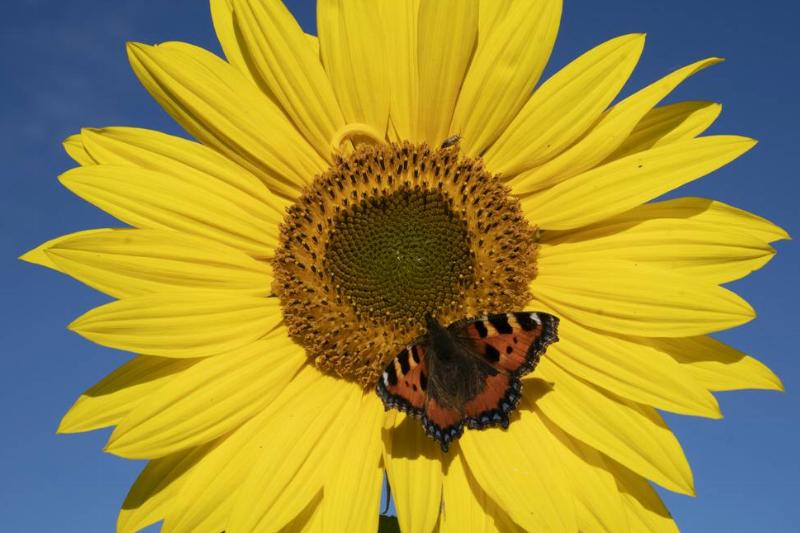
Plant The Trap Away From Others
Dispose of the Trap Plant
When stink bugs start congregating around the trap plant, you have a few options. The first is to do nothing. That means the birds and other animals kill the insects for you. However, it’s a time-consuming task.

Dispose Of The Trap Plant
Dig the Plant and Put It in Plastic
Another option is to get numerous stink bugs to the trap plant. Then, dig up the flower, put it in a garbage bag, and wait. Close the bag tightly and leave it in the sun so that the heat kills the bugs.
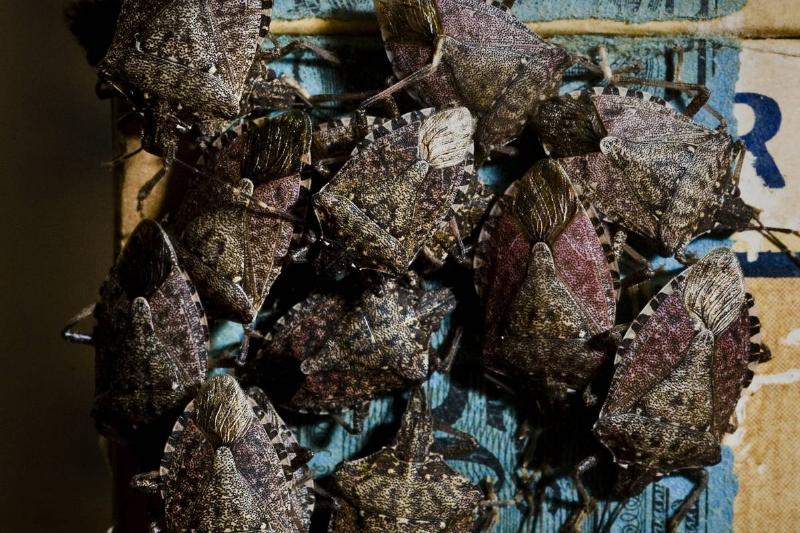
Dig The Plant And Put It In Plastic
They Love Vegetables and Fruit
The smell from the bugs is the last thing to be concerned about. These insects go straight for the garden treats. They enjoy eating vegetables and fruits and can kill a full crop if you don’t take care of the problem.

They Love Vegetables And Fruit
Ruined $40 Million Apples
In 2010, farmers lost about $40 million apples because they didn’t catch the infestation of stink bugs in time. The stink bugs left brown stains where they ate but didn’t go to the core. Plus, they enjoy grapes and ruin wine supplies.
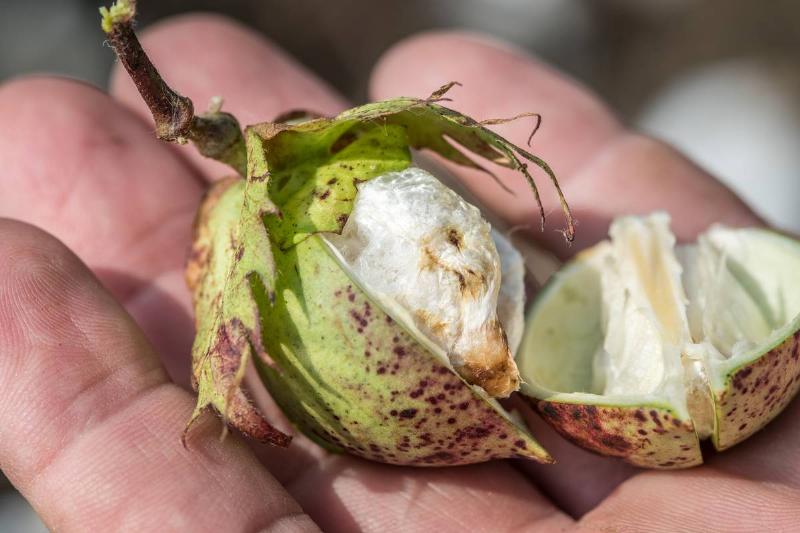
Ruined $40 Million Apples
Sealants for the House
When you want to protect your home, the defense is different. It’s crucial to seal every opening with an appropriate sealant. That way, stink bugs can’t creep in and infest your home.
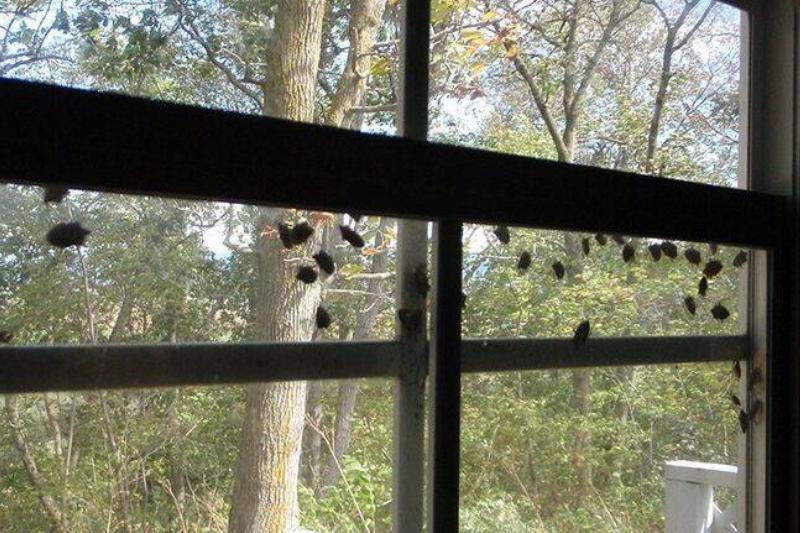
Sealants For The House
Use Your Vacuum Cleaner
Sometimes, the sealant isn’t enough, and stink bugs enter the house. If that happens, don’t worry. Just suck up the pesky insects into the vacuum cleaner. Then, toss out the bag to prevent the odor from permeating the home.
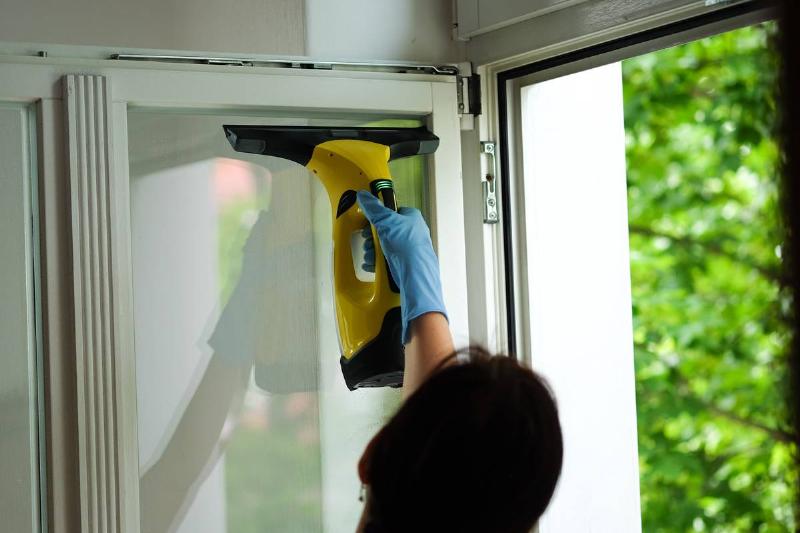
Use Your Vacuum Cleaner
Turn Out the Lights
Stink bugs are ultimately attracted to light, so you should try to keep your outdoor lighting to a minimum. In the evenings when you’re home, turn off porch lights and keep the blinds pulled down so that light doesn’t spill outside.
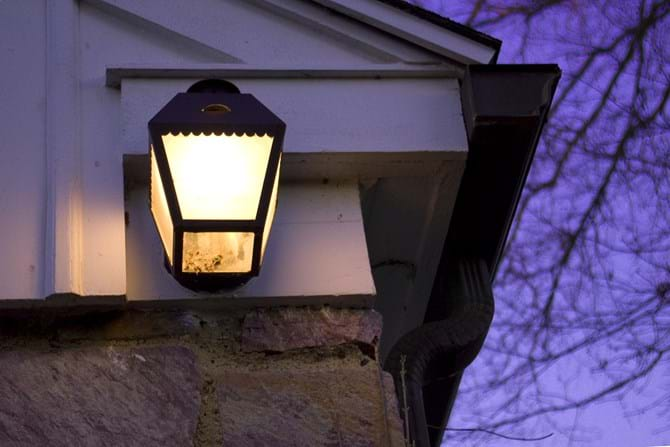
Turn Out The Lights
Reduce Moisture
Eliminating moisture build-up from around the home can be a great way to prevent many infestations. The stink bugs need a water source, so check for clogged drains and leaking pipes.

Reduce Moisture
Eliminate Their Food Source
Stink bugs also need to eat, and they aren’t very particular. Make sure your food is stored in airtight containers. Keep a lid on the inside trash can and dispose of it outside in sealed receptacles. Also, wipe down the counters and keep the floor clean.

Eliminate Their Food Source
Check Your Belongings
Whenever you get items in boxes, make sure to inspect the items. This includes grocery bags from the store, holiday decorations that sit in an attic, and anything you purchase that comes in a box or crate (online shopping).

Check Your Belongings
Try Not to Smash Them
It’s easy to want to kill the stink bug as quickly as possible, so you grab a shoe. However, if stink bugs are crushed or disturbed, they release their bad-smelling odor. It’s best to vacuum them or shoo them out of the house.
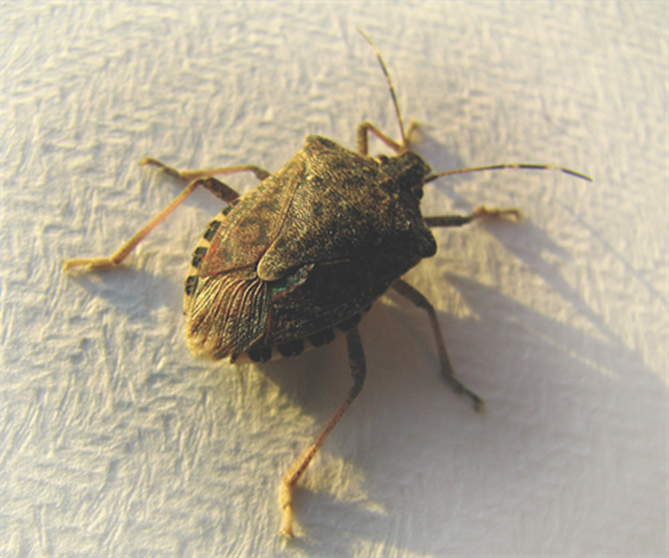
Try Not To Smash Them
Landscape Properly
Keep shrubbery and branches trimmed well. If you use firewood, make sure it’s 20 feet or farther away from the home and raised 5 inches from the ground. That way, they don’t want to harbor there.
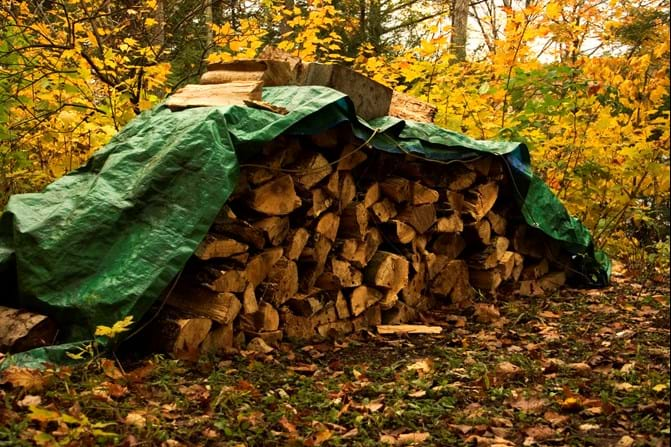
Landscape Properly
Ventilate
Ensure that your basements, garages, crawl spaces, and attics are properly ventilated to reduce harborage points. These areas may need a dehumidifier running, as well. Plus, you can use screens for attic and chimney vents.

Ventilate
Use Inside Traps
If you’ve got stink bugs in your home, you can make a trap for inside just like outside. Fill a spray bottle with a cup of vinegar, 1/2 cup dish soap, and 2 cups water. Spray the bugs directly, and they die without emitting a horrible smell.

Use Inside Traps
Watch for This Insect
Whether you use a trap flower, homemade repellent, weed the garden, or vacuum, no one wants to deal with stink bugs. Make sure you watch for the pest to ensure that they don’t infest your home!
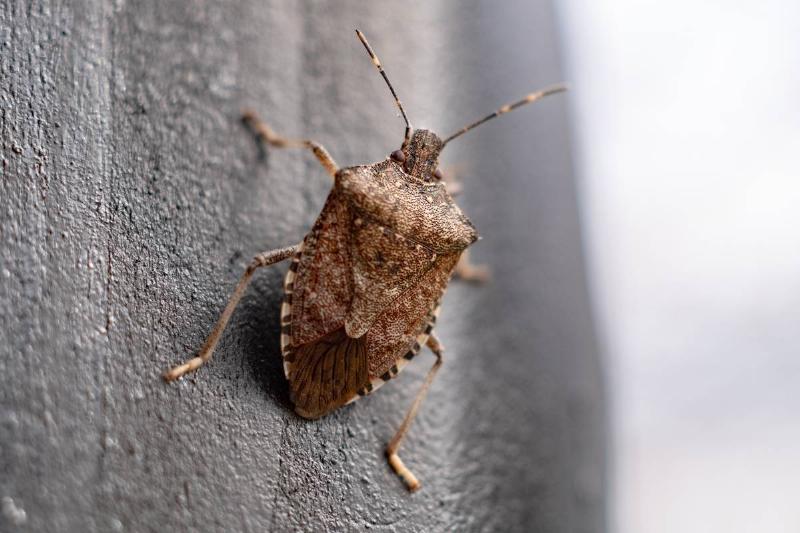
Watch For This Insect


